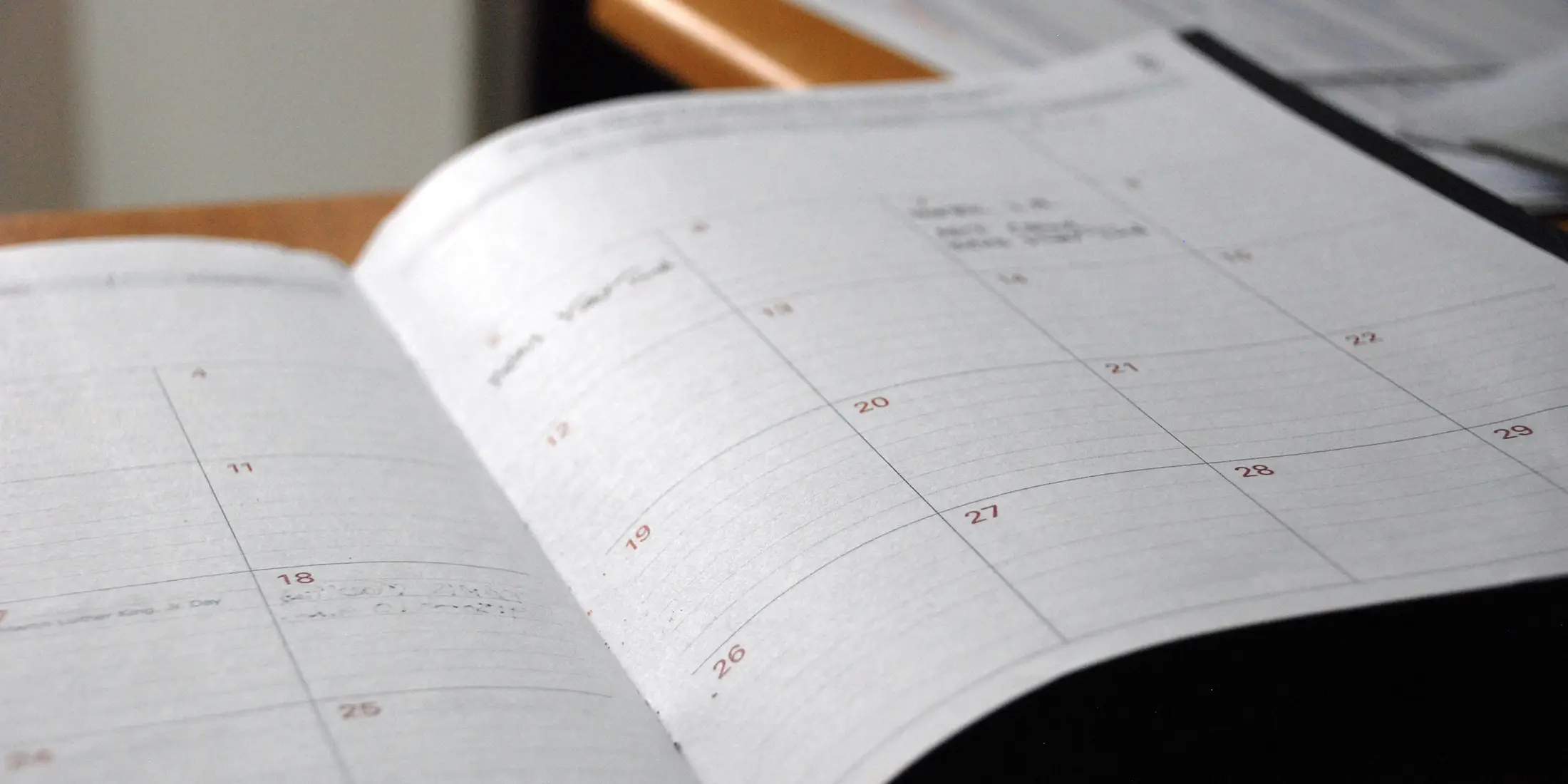LSAC has publicly released applicant data for the first time this early in the cycle — in past years, data has been distributed only to a small group and only beginning in December or so. Below, we have posted a breakdown of this data as of November 1, 2018 (compared to last year's data as of November 2, 2017).
So far, overall applicants are up 17.6%, and applications are up 14.6% as compared to last year — before you let this stress you out too much, however, we were anticipating this early-cycle bump, and what we also predicted was that it would be temporary.
Detailed data below.
What does this mean?
Very little. All LSAT categories other than < 140 are up because applications are up. Applications are up due to an extremely large number of re-applicants and an extra LSAT administration this summer. The applicant pool reflected in this early November report will be tiny versus the total applicant pool, and we expect most of these numbers to come down. The only thing this might mean is that a few data-minded schools may slow things down a bit in respect to admission pace. But even that is a stretch right now. Breathe easy! We still believe this cycle will be a bit less competitive than last.
| Highest LSAT |
# Applicants |
% Change YTD |
| < 140 |
560 |
-3.3% |
| 140-144 |
780 |
6.3% |
| 145-149 |
8,962 |
4.2% |
| 150-154 |
1,281 |
10.2% |
| 155-159 |
1,651 |
13.3% |
| 160-164 |
1,769 |
13.5% |
| 165-169 |
1,438 |
20.9% |
| 170-174 |
864 |
20.0% |
| 175-180 |
230 |
9.5% |
| % Change in applications |
# Schools |
| Increase of 100% or more |
4 |
| Increase of 50% to 99% |
16 |
| Increase of 40% to 49% |
12 |
| Increase of 30% to 39% |
16 |
| Increase of 20% to 29% |
26 |
| Increase of 10% to 19% |
28 |
| Increase of 1% to 9% |
38 |
| No change |
2 |
| Decrease of 1% to 9% |
22 |
| Decrease of 10% to 19% |
23 |
| Decrease of 20% to 29% |
4 |
| Decrease of 30% to 39% |
6 |
| Decrease of 40% to 49% |
1 |
| Decrease of 50% or more: |
2 |
| Region |
Applicants # |
Applicants % Change YTD |
Applications # |
Applications % Change YTD |
| Far West |
1,208 |
19.8% |
6,417 |
10.8% |
| Great Lakes |
1,520 |
13.0% |
7,888 |
13.3% |
| Midsouth |
1,314 |
14.5% |
10,381 |
13.7% |
| Midwest |
446 |
22.2% |
1,967 |
24.8% |
| Mountain West |
552 |
25.7% |
1,639 |
3.9% |
| New England |
503 |
32.4% |
4,675 |
18.6% |
| Northeast |
1,634 |
14.7% |
9,505 |
19.8% |
| Northwest |
209 |
-4.1% |
776 |
0.8% |
| South Central |
1,455 |
14.9% |
4,069 |
13.5% |
| Southeast |
1,600 |
20.0% |
4,290 |
14.0% |
| Other |
566 |
13.4% |
|
|
| Total |
11,007 |
17.6% |
51,607 |
14.6% |
| Race/Ethnicity |
Applicants # |
% Change YTD |
| Aboriginal or Torres Strait Islander Australian |
* |
* |
| American Indian or Alaska Native |
208 |
3.5% |
| Asian |
1,212 |
21.4% |
| Black or African American |
1,171 |
5.2% |
| Canadian Aboriginal |
7 |
-12.5% |
| Caucasian/White |
7,277 |
15.0% |
| Hispanic/Latino |
1,326 |
19.2% |
| Native Hawaiian or Other Pacific Islander |
44 |
18.9% |
| Puerto Rican |
308 |
24.7% |
| Not Indicated |
599 |
147.5% |
|
| Gender |
Applicants # |
% Change YTD |
| Female |
5,528 |
14.8% |
| Male |
5,038 |
13.2% |
| Not Indicated |
441 |
369.1% |


.png)




